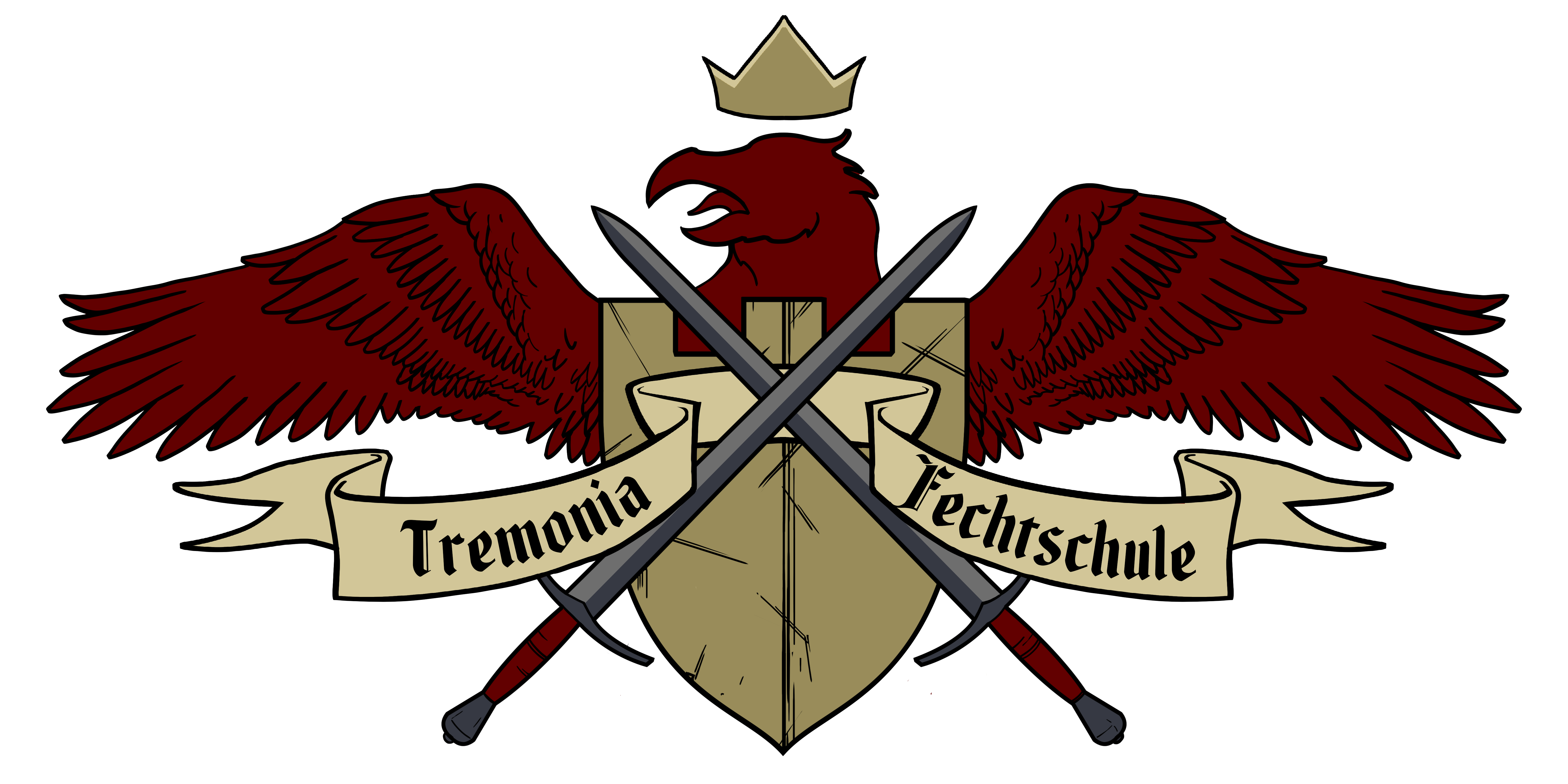Review
Instructors
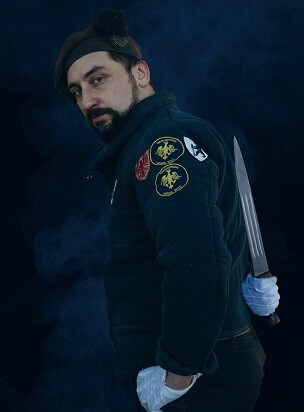
Georg S. Stamatovic is a high school history teacher, expert consultant, National Museum guide, swordsmith, specialist for military history and certified appraiser for historical arms/armament and historical military equipment!
He is a HEMA researcher/practitioner/instructor and founder of the first Historical European Martial Arts School in the Republic of Serbia/Belgrade – the „H.E.M.A.S.“ –back in 2009.
The History of Duelling in the Kingdom of Serbia XI-XIX C. (Lecture)
No further information.
"Here they are fighting with daggers, God help us all!" –
Scheibendolch from Meister Hans Talhoffer (Workshop)
After many years of hard work, we are proud to announce that we were able to recreate/interpret in practise ALL dagger techniques from Meister Hans Talhoffer’s manual Cod. icion. 394 a (1467), or Codex Württemberg, one of the most influential manuals of Meister Hans Talhoffer! This class is historical reconstruction by nature!
In our workshop we will demonstrate, both, the theoretical and practical approach to the dagger/scheibendolch techniques from Codex Württemberg.
Even though this workshop is a complex one and it was primarily intended for instructors and advanced dagger practitioners, beginner students could attend also! (We will modify our lecturing for less experienced students on the spot.)
*Please, note the following! During the workshop no warming up exercises will be done and all attendants are obliged to do warming up for themselves before the workshop starts!
Extra: After the class students will have an opportunity to spar with the instructor!
Equipment requirements: Gloves and fencing mask. A limited amount of dagger simulators will be available, so it is advised to bring your own.
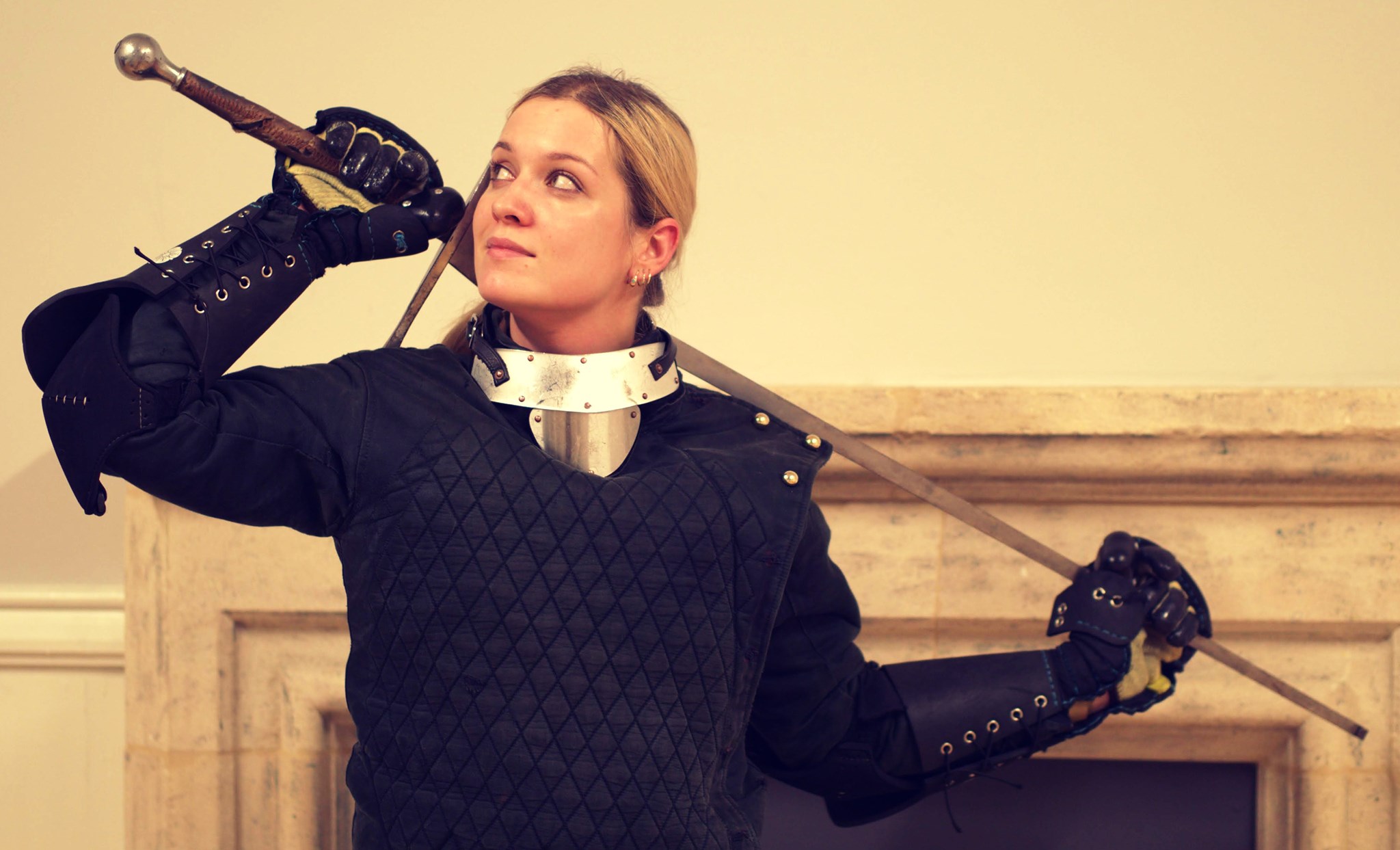
Emilia Skirmuntt is a Historical European Martial Arts (HEMA) instructor and competitor who has been studying HEMA since 2002. She has won medals in both women’s and open competitions in the UK and abroad, fighting with longsword, rapier, rapier and dagger, saber, sidesword, and sidesword and buckler. She was also voted best technical fencer of By the Sword 2019.
Emilia has travelled around Europe leading workshops and seminars, and was one of the representatives for the UK and Ireland HEMA team in the European Games taking place in Minsk in 2019. She is a member of the organizing committees for the Wessex League and Albion Cup, the biggest international competition in the UK. She also organized the English Sidesword Open in Oxford in 2018.
Currently, Emilia is the head instructor for the Oxford Chapter of The School of the Sword. She teaches Italian longsword, dagger, rapier, sidesword, unarmed, and tomahawk techniques.
Abrazare: Like a Flower... of Battle (Workshop)
Fiore dei Liberi was a 14th-century knight, diplomat, and fencing master who created one of the first known fencing manuals, Flos Duellatorum (The Flower of Battle). In his manual, he describes techniques using all known „knightly weapons“ like the sword, axe, dagger, and unarmed fighting, as well as both fighting in armor and without it. The foundation of the Fiore system is unarmed techniques, abrazare, which is the first part of all his manuals.
During this workshop, we will look at Fiore’s unarmed techniques and discover how surprisingly similar some of them are to modern martial arts techniques, such as jiu-jitsu. We will also see that even while being smaller and weaker than our opponent, we can still overpower them using appropriate body mechanics.
This workshop is suitable for both beginners and advanced students.
Equipment: Comfortable, loose-fitting clothing that allows you to move freely.
Armizare: Like a Flower of Battle (but this time with added spikes!) (Workshop)
Fiore dei Liberi’s Armizare is a system of dagger combat that builds on the foundation of his abrazare (unarmed techniques). In this workshop, we will learn how to defend against assailants armed with a dagger using our bare hands, as well as how to use a dagger against a dagger attack.
This workshop is suitable for both beginners and advanced students.
Equipment: Comfortable clothing that allows you to move freely. Soft training gloves with long cuffs. A limited amount of dagger simulators will be available, so it is advised to bring your own (ideally a rondel dagger, but any type will work).
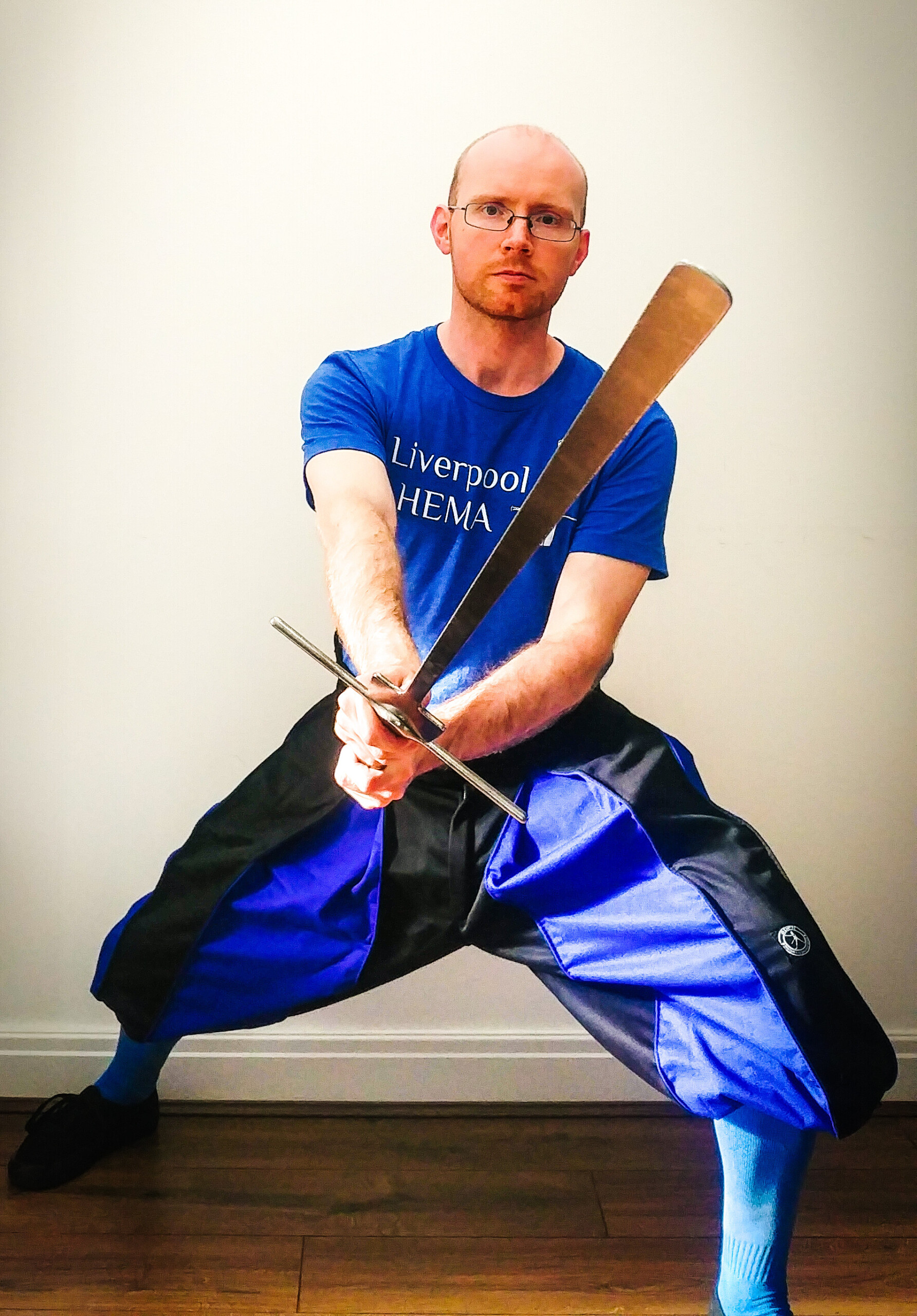
Keith Farrell is the chief instructor at Liverpool HEMA. He teaches professionally and his main area of expertise is fencing with the longsword – but he also enjoys several different martial arts and HEMA disciplines!
Keith has authored several books and articles, and runs Fallen Rook Publishing. He creates and hosts a variety of helpful resources on his website at www.keithfarrell.net.
Dussack from the Codex Guelf 83.4 Aug.8o (Workshop)
The „Second part of the new, art-rich method of fencing“ is a superb and very colourful fencing treatise from 1591. What makes it just so interesting is that it is a German fencing method that seems totally unrelated to the Liechtenauer tradition; it uses a different pedagogical method, it uses different terminology, it is just different throughout!
The dussack section in particular seems to consist of very simple plays that focus on developing one’s physicality. Since we know that youths often learned dussack in the fencing guilds before learning the longsword, I think using dussack to improve our physicality for fencing is both sensible and based in history.
The session will be suitable for both beginners and more experienced practitioners – just be prepared to put in some physical effort! You are welcome to use any single-handed sword with a relatively simple hilt (messers and arming swords are fine, and even sideswords and sabres with simpler hilts are fine).
Dussack from Jakob Sutor (Workshop)
Writing in 1612, Sutor’s book is very similar in many ways to the 1570 work by Meyer. However, it is considerably shorter, simpler, and more accessible for beginners than Meyer’s book! Therefore, in this session, we are going to use Sutor’s instructions as a basis for learning a Meyer-like style of fencing with the dussack.
The session will be suitable for both beginners and more experienced practitioners, although beginners will probably find it more helpful than someone who already has experience with Meyer’s method. You are welcome to use any single-handed sword with a relatively simple hilt (messers and arming swords are fine, and even sideswords and sabres with simpler hilts are fine).
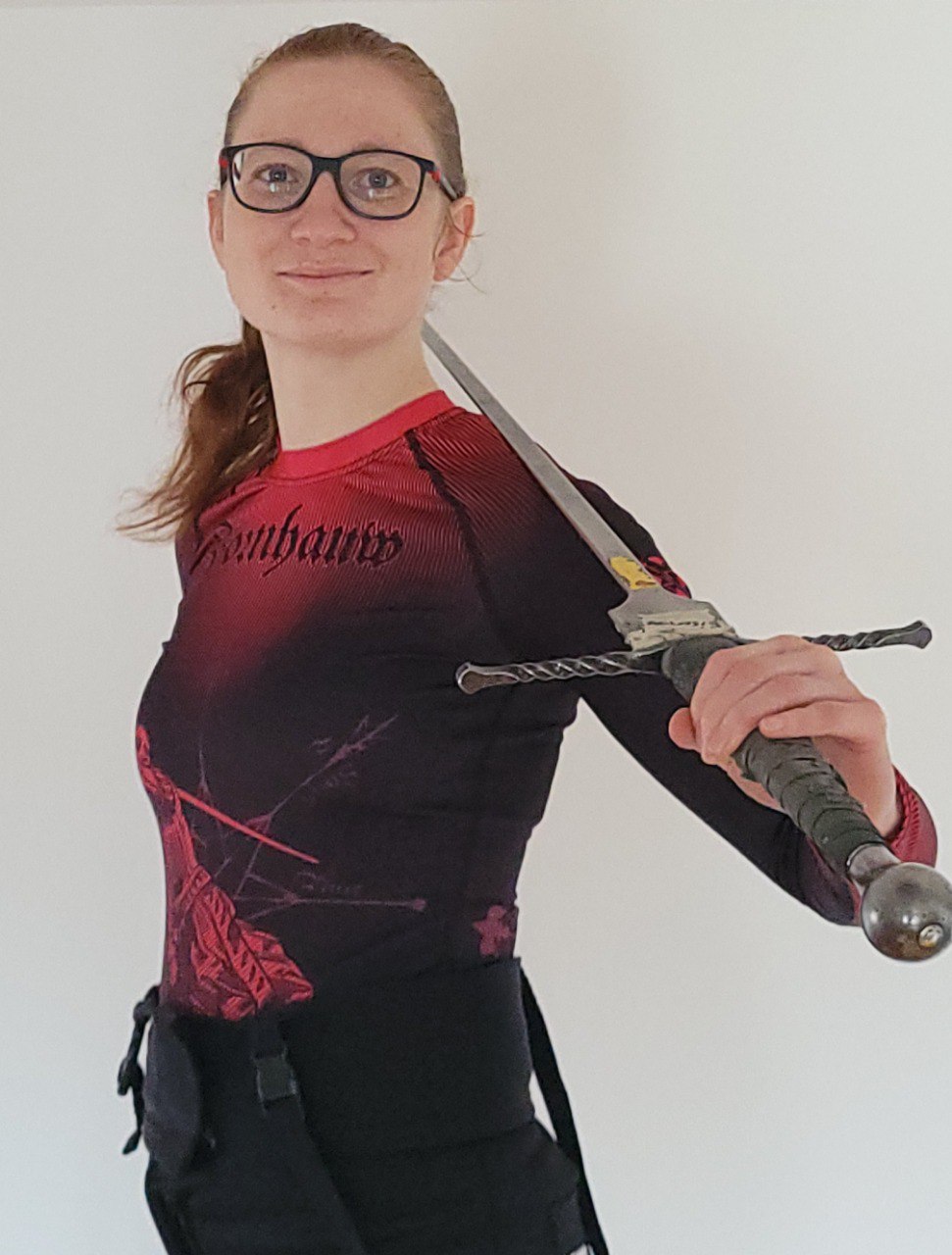
I am Saskia and I have been training with the Schwabenfedern in Ulm, Germany for four years. In spite of Corona I desperately wanted to become better and in my first year I already went to the national team’s training camp as a replacement. Thus I have oriented myself in the tournament scene pretty fast and can boast some successes since 2022. Accordingly my training is more focused on competition and for every technique I ask myself how to sensibly utilize it in gear and in a tournament. I have been doing Fiore for two years now and especially enjoy the close range play.
Close Play with the Longsword Inspired by Fiore (Workshop)
On Saturday we will begin with basic exercises for Ringen (grappling) and Ringen am Schwert (grappling at the sword) during which we will look at three specific plays by Fiore on how to continue from the Crown with grappling techniques.
On Sunday we will repeat Saturday’s techniques and – building up on them – explore how to get your opponent into the Crown. Sunday will especially be about transferring what will have been learned into the fight. Hence, Sunday will be more free/individual and more in gear.
Minimum gear: Fencing mask, throat protection, gloves, longsword. Chest protection recommended (especially for women).
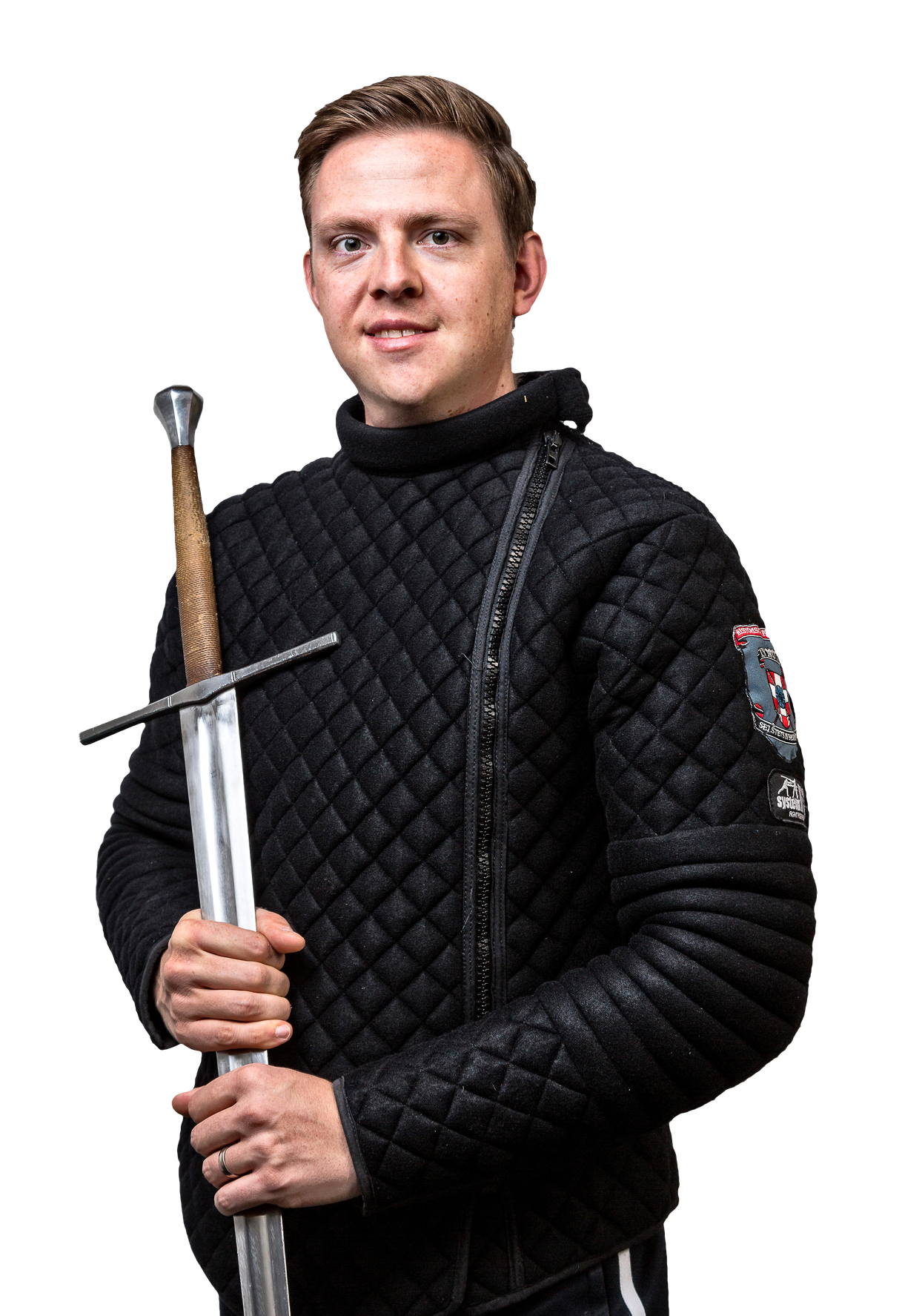
Paul is a historian, military officer and HEMA instructor. He has been fencing since 2001 and since 2016 he has been running his own school “IN MOTU Historical Fencing Arts”. He has been busying himself with the longsword according to German sources of the 14th to 16th century for many years. Since 2013 Paul has also deepened his love for one-handed edged weapons, such as the one-handed sword or the Messer through studies, training and teaching. Working with sources is his daily business at the University or in the Salle.
The Historical Method - in Historical Fencing (Seminar)
In HEMA people like to talk about “interpretations” and “the sources”. In my workshop I want us to take a look at the historical method and to help you approach source criticism and analysis in a structured way by solving tasks yourself. This way, not only can you get an idea of what the work of a historian looks like, but also further and train your own competences.
Gear: Writing tools (pen and paper, some things can be provided), smartphone for possible online research. (Wifi available.)
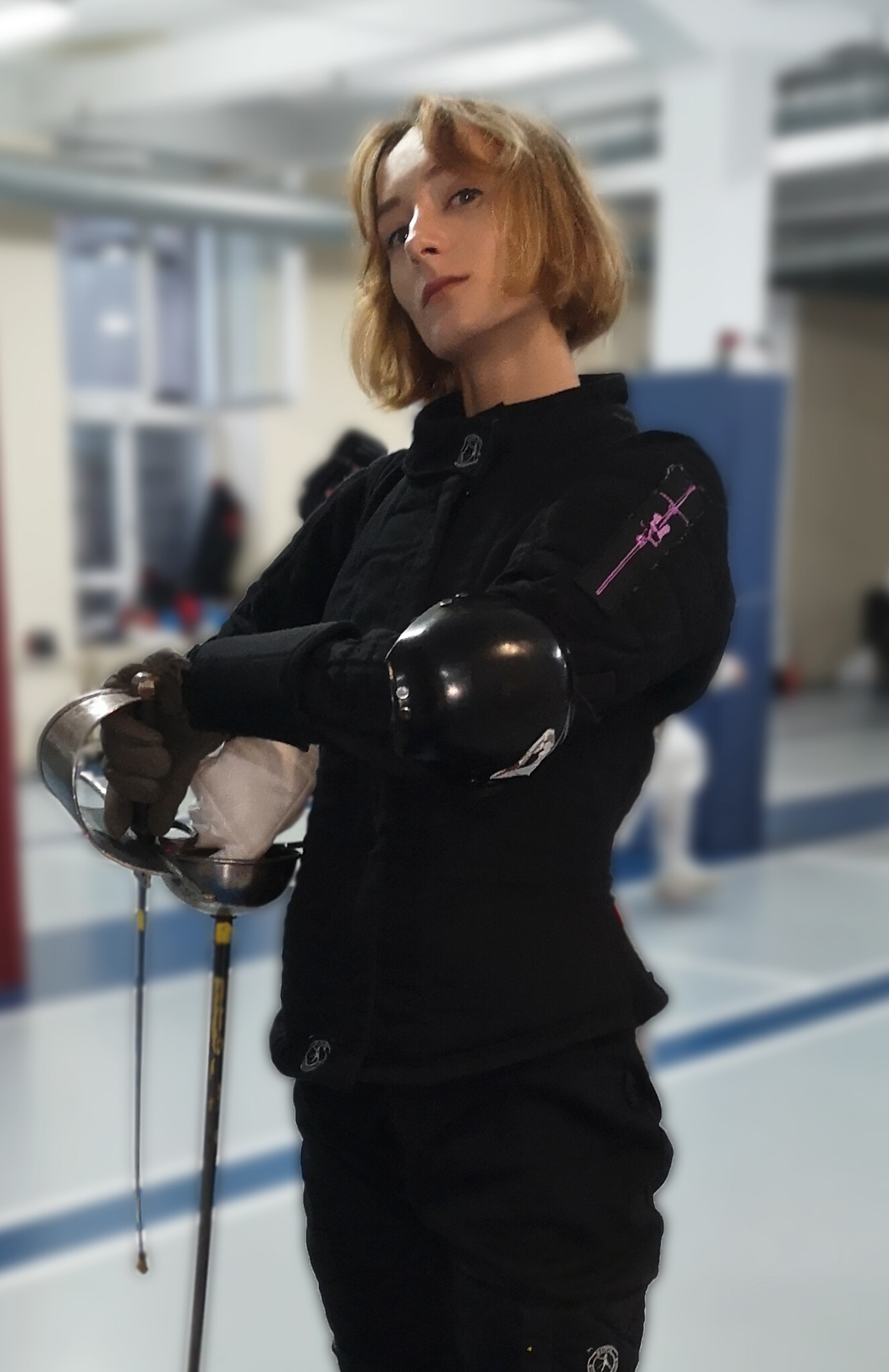
Born and raised in Poland, currently pursuing a MSc degree in Cognitive Science at Osnabruck Universitat; gold medallist in women’s rapier and dagger (Poland); 4th place in rapier and dagger open (Poland); almost 3 years of experience with HEMA; former epee fencer with 10 years of experience; certified Olympic fencing instructor since the age of 18; privately an amateur artist.
Stabbing 101: The Basics of Competitive Rapier & Dagger (Workshop)
During this workshop, you will be presented with the most effective basic rapier & dagger techniques in the context of tournaments, developed and tested by some of the most successful Polish rapier and dagger fencers. The emphasis will be put on demonstrating core principles underlying numerous historical systems and modern competitive HEMA. The workshop is aimed at a wide spectrum of fencers – from complete beginners, to advanced fencers.
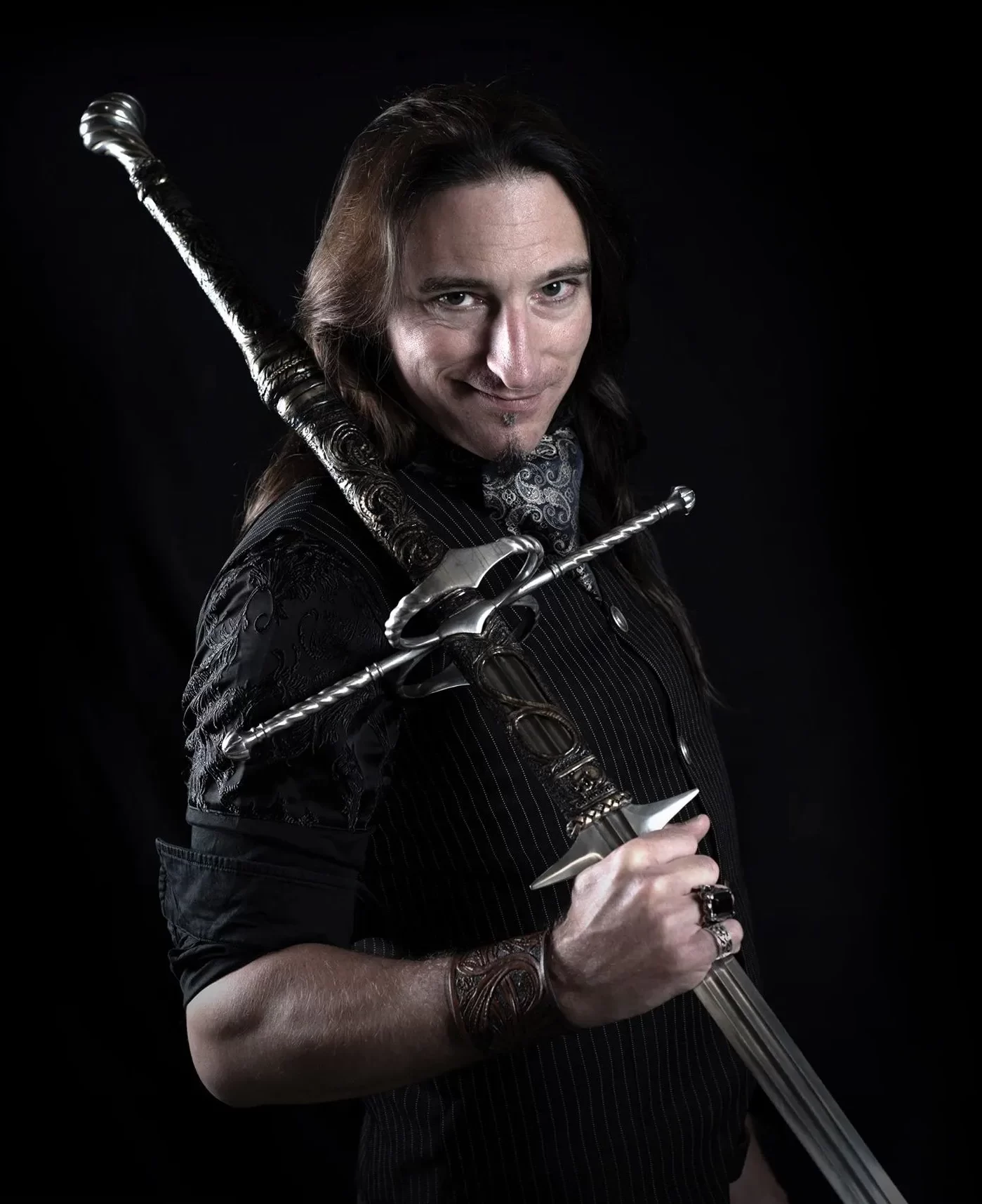
Torsten – well, whaddaya say?
BIG, BIGGER, SCHLACHTSCHWERT –
Fencing with Two-Handed Swords in the Iberic Tradition (Workshop)
In the 16th and 17th century longswords of impressive size have been developed, so called Schlachtschwerter, Bidenhänder or two-handed swords. Even though the classic longsword is used with two hands as well, it does not reach the length and the weight of this dreadful weapon. In addition to the size an elongated crossguard and additional “Parierhaken” (parrying hooks) at the strong of the blade are substantial features. The Montante in turn is the Iberic variant of the big “Schlachtschwert”. It was regarded as a weapon for elite soldiers, bodyguards, gatekeepers, and flag guards with the purpose of defending people, places or objects, disperse crowds and chase away several armed attackers at the same time.
In this workshop Torsten Schneyer teaches the art of the Montante following the manual of Portuguese fencing master and general Dom Diogo Gomes de Figueyredo. Figuereido penned down his knowledge in 1652 in so-called “rules”. Each rule presents itself as a solo form adapted to a certain tactical situation, which the student has to learn by heart in order to fluently combine them with other rules later on.
In the workshop we will train several rules and thereafter try to apply them in (safe) semi-free scenarios against multiple attackers. In this we focus on the defence in all directions and especially on how to keep our backs clear.
Programme
| 5:00 pm | Registration, camp setup |
| 6:15 pm | Address of welcome |
| 7:00 pm | Lecture The History of Duelling in the Kingdom of Serbia XI-XIX C. (Djordje Stamatovic) |
| 8:00 pm | Dinner and Campfire |
| 9:00 am | Breakfast |
| 10:00 am | Morning announcements |
| 10:30 am | Workshop Abrazare: Like a Flower... of Battle (Dr. Emilia Cecylia Skirmuntt) Workshop Dussack from the Codex Guelf 83.4 Aug.8o (Keith Farrell) Workshop Close Play with the Longsword Inspired by Fiore (Saskia Eisenbach) Seminar The Historical Method - in Historical Fencing (Paul Becker) |
| 12:30 pm | Lunch |
| 2:00 pm | Workshop "Here they are fighting with daggers, God help us all!" – Scheibendolch from Meister Hans Talhoffer (Djordje Stamatovic) Workshop Stabbing 101: The Basics of Competitive Rapier & Dagger (Marta Sokół) Workshop BIG, BIGGER, SCHLACHTSCHWERT – Fencing with Two-Handed Swords in the Iberic Tradition (Torsten Schneyer) |
| 4:00 pm | Fechtschule (tournament) with any synthetic weapon Free training, test cutting |
| 6:00 pm | Barbecue |
| 9:00 am | Breakfast |
| 10:00 am | Morning announcements |
| 10:30 am | Workshop Armizare: Like a Flower of Battle (but this time with added spikes!) (Dr. Emilia Cecylia Skirmuntt) Workshop Dussack from Jakob Sutor (Keith Farrell) Workshop Close Play with the Longsword Inspired by Fiore (Saskia Eisenbach) Seminar The Historical Method - in Historical Fencing (Paul Becker) |
| 12:30 pm | Lunch |
| 1:30 pm | Fechtschule (tournament) with steel longsword Free training |
Testimonials

» I found the staff to be friendly, polite, and professional. They fostered an atmosphere that was relaxed despite the counter-covid restrictions, but also welcoming and inclusive. […] «
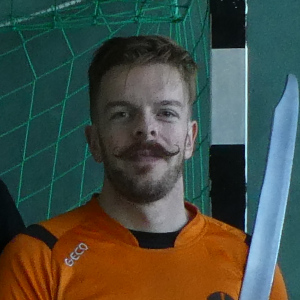
» Tremonia Fechtschule is one of those events that embody HEMA for me. Events that are very specialised, such as high level tournament, or weapon specific gatherings, are really cool. On the other hand, events that offer the full range of what the historical martial arts have to offer are absolutely great too. Tremonia is fully that: staying in a castle close to Dortmund, following a variety of workshops and lectures, doing tournaments with both longsword and synthetic weapons (you can do some crazy matchups there) and finally sitting down at the camp fire at night. Something that is important for me personally, is that an event has a good balance between activities. There’s few things more annoying than having a full schedule that allows no time for socialising or sparring, and Tremonia Fechtschule thankfully has a good balance in this regard. […] If you’re looking for an event that puts the enjoyment of HEMA first and if you’re looking to see what the German community has to offer, I would definitely recommend going to Tremonia Fechtschule. «
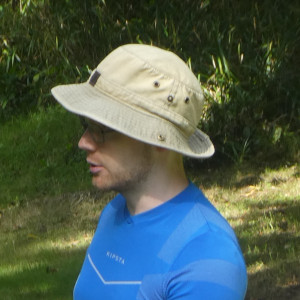
» I really enjoyed my time at the event – […] a wonderful venue, a superb theme and atmosphere, and this naturally seems to attract a lovely group of people. «
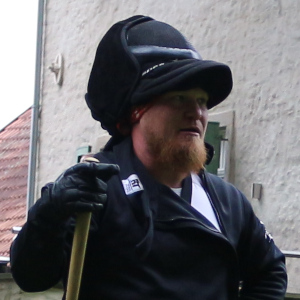
» I must say that im very impressed by Tremonia Fechtschule as an arrangement.
The evenings, which included quite a lot of alcohol and a heavy overweight of men to women in ratio, and I did not see anyone being „that guy“.
Nobody seemed to be have to be moved away, none of the women seemed to be put in awkward situations. […]
The crew behind the event have been actively working with promoting a healthy and inclusive culture for everyone.
Also there were several people who did not drink alcohol and it appeared to me that there was zero peerpresure with regards to alcohol consumption.
In short, if you’re looking for a HEMA event or indeed just a martial art event that is safe, inclusive and friendly regardless of background, culture, skincolor, gender identity or sexuality, I can wholeheartedly recommend Tremonia Fechtschule. «

